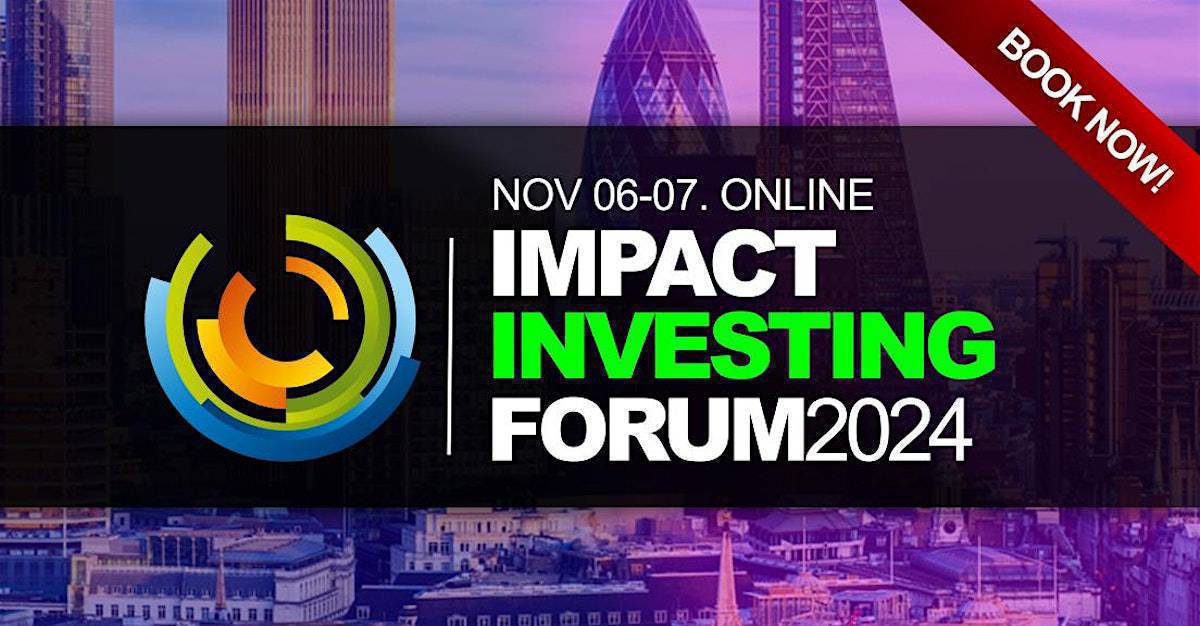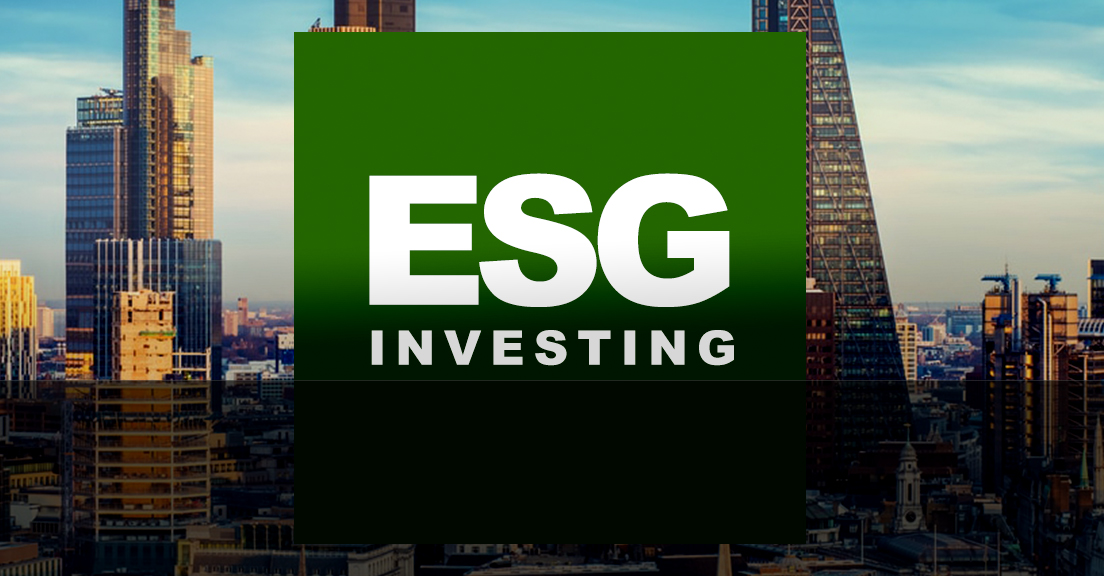Stephanie Gripne Is Spreading the Gospel of Impact Investing Next City
Impact Investing Forum 2024
https://impactinvestingconferences.com/
Online Event. Nov 06-07, 2024.
Book Now!
Even at the age of 16, Stephanie Gripne regarded money as more than just a means to buy things, but also as an instrument for social good. Eschewing her father’s entreaties to follow him into business, Gripne instead amassed an eclectic educational background and can-do spirit and eventually went on to found Denver-based Impact Finance Center (IFC) in 2012.
As executed director of IFC, Gripne, who earned a Ph.D. in forestry from the University of Montana, is regarded as one of the most influential forces in impact investing. Gripne describes IFC as an investor accelerator that identifies, educates and activates individuals and organizations to become impact investors. IFC has activated more than 80 investors and catalyzed more than 270 direct impact investors totaling $300 million. Gripne’s goal is to catalyze $1 trillion in investment capital into social ventures across the nation by replicating the infrastructure IFC piloted in Colorado.
We spoke with Gripne recently about her plans to take her model national, the challenges she’s facing in virgin places like New York and how CDFIs can keep moving forward.
A 2016 blog posited the possibility that you could be the Steve Jobs of impact investing. Do you see your work as potentially that transformative?
This is about how we shift money from Wall Street to Main Street. And yes, if we can shift money from Wall Street to Main Street, Main Street needs to get it in the type of returns that Main Street needs to get while still achieving everybody’s financial goals. So, it’ll be more transformative than the work that Steve Jobs did. Absolutely.
What’s your definition of impact investing?
I have a different definition than a lot of my colleagues. Every dollar that changes hands is a positive investment. Whether you buy a loaf of bread at the grocery store or contribute to your 401K, there’re positive things that happen to that investment and there’s negative things that happen. And impact investing is trying to invest with a lens towards doing the positive thing.
How have you kickstarted your push to take IFC infrastructure national?
We piloted several pieces of infrastructure in Colorado. First, we needed our education classes. We have 200 of those which we call our institutes. Then we created a marketplace, which we call Impact Days. Then we had to build a regional directory, which we call our Who’s Who In Financial Innovation and Impact Investing. And then we had to come up with investor accelerator, which we call impact investing. We piloted those things in Colorado with a goal of $100 million (in three years). We surpassed that by $350 million to $500 million. That’s when we started a subset of the marketplace called bodega, which is our investor clubs. I think we had 12 different investor clubs going throughout the country.
We started with the Colorado Main Street Lender Investor Club, and the next one was the Indigenous Investor Club, the largest indigenous native CDFI. They raised $27 million last year.
What prompted you to expand recently into New York State?
One of my colleagues, who works for the Eileen Fisher Clothing Co., asked me to help 700 employees who were furloughed during the pandemic. So, we partnered with EF Foundation and they partnered with a NY CDFI bank, Spring Bank, which did an investment of up to $4 million to provide low-cost employee loans. That was the pilot transaction that led us to start the New York State Investor Club … where individual, foundations and corporations can learn about New York State CDFI investment opportunities and how New York State are helping vulnerable communities obtain the financing they need from business to housing.”
One of the things that is so impressive about the New York CDFI community is that they are really supportive of one another. I am so pleasantly surprised. If you talk to one CDFI in New York, and it’s not a good fit, they’ll point you to the other CDFI that would be a good fit.
And the challenges?
I am shocked it’s so difficult to find high-net-worth individuals and foundations that are investing in CDFIs in New York (which has 80 CDFIs) when Colorado only has 150,000 millionaires and we have many of them investing in our CDFIs in Colorado.
(Still) we’re in the first five months of the NY club. It generally takes a year to two years to start seeing capital flow.
Where should CDFIs go from here?
We need to get marketing dollars to CDFIs so they can market themselves so that entrepreneurs of color can find them.
They also need to train investors. They need to develop programs where they identify, educate and activate investors to invest in the CDFI at the type of capital that they need to get.
This story is part of our series, CDFI Futures, which explores the community development finance industry through the lenses of equity, public policy and inclusive community development. The series is generously supported by Partners for the Common Good. Sign up for PCG’s CapNexus newsletter at capnexus.org.


